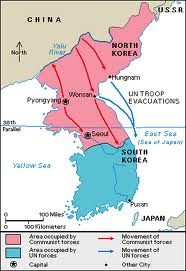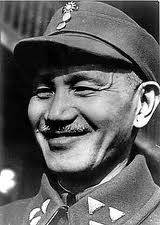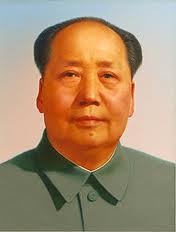 In 1989 student protest movements began in Tiananmen square following the April 15 death of Hu Yaobang, who was the generally secretary of the Chinese Communist party. The students were angered because they felt that Hu Yaobang had been blamed for government failures in 1987. They also wanted immediate democratization for China. The protesters started out in small numbers, but quickly gained more followers, and before long 100,000 students and workers marched through Beijing. They demanded a formal dialogue between the student leaders and the government, as well as the removal of all restrictions on the media, which the government rejected.
In 1989 student protest movements began in Tiananmen square following the April 15 death of Hu Yaobang, who was the generally secretary of the Chinese Communist party. The students were angered because they felt that Hu Yaobang had been blamed for government failures in 1987. They also wanted immediate democratization for China. The protesters started out in small numbers, but quickly gained more followers, and before long 100,000 students and workers marched through Beijing. They demanded a formal dialogue between the student leaders and the government, as well as the removal of all restrictions on the media, which the government rejected.The protest came to its highest point on May 13, before the Soviet leader Mikhail Gorbachev came to visit Beijing. Many of the protesters longed for the reforms that Gorbachev had introduced in the Soviet Union, and saw him as a possible ally for the protest. Gorbachev diplomatically refused to become involved in the situation. Zhao Ziyang who was a leading economic reformer in the People Republic of China, urged the students to end their protests and hunger strikes. Ziyang was dismissed from office following his very public opposition to the governmental violence in 1989 that resulted in the Tiananmen Square massacre. However the protests still continued, and on May 30 art students erected a statue (which later became known as the “Goddess of Democracy”) that was based off of the American statue of liberty.
Soon protests began in factories and other parts of China. The Communist Party leaders were divided on how they felt they should deal with it. Premier Li Peng urged a callous stance, which was supported by president Yang Shangkun, while Zhao
Ziyang still urged for a more halcyon approach. Martial law was declared on May 20 and soldiers stormed into Beijing at night on June 3. Tanks rolled into the square accompanied by soldiers who cleared the square. As they entered, a lone protestor stood in the way of the tanks as they entered. The protestor was later pulled into the crowd, and he was never identified, but was idolized as someone who was standing up for what they believed in.








